Best described as cities focused on sustainability and eco-friendliness, a ‘green city’ strives to respond to climate change by providing resources, partnerships, and a platform to lessen its environmental impact. These innovative plans aim to reduce waste, expand recycling, lower emissions, and increase housing density, while also expanding open space, and encouraging the development of sustainable local businesses. These urban spaces are examples of how cutting-edge city culture can be enjoyed by creating denser, greener, and more liveable cities. Here are the world’s nine greenest cities!
Also read: 12 of the most sustainable cities in the world
The Greenest Cities In The World
1. World’s Greenest City: Copenhagen

The capital city of Denmark, Copenhagen is situated on the eastern edge of the island of Zealand. The coastal city was named Europe’s coolest green city by the ‘Ecologist’ magazine to showcase its climate friendliness. Copenhagen, along with its inhabitants, has long put sustainability at the top of its agenda, as environmental awareness is both fundamental public policy and a way of life here. The city is so well known for its advanced environmental policies and planning that it has won many awards for its eco-credentials over the years.
With environmental planning such as the city’s infrastructure designed to be conducive to bicycling and walking (rather than cars), and a water quality warning system to monitor pollution levels, Copenhagen is Europe’s and the world’s greenest city. The city was the first in the world to adopt a planet-cooling mandatory green roof policy and continues its bid to become carbon-neutral by 2025.
Also Read: How I Spent An Exciting First Day Of My Weekend In Copenhagen
2. World’s Cycling Capital: Amsterdam
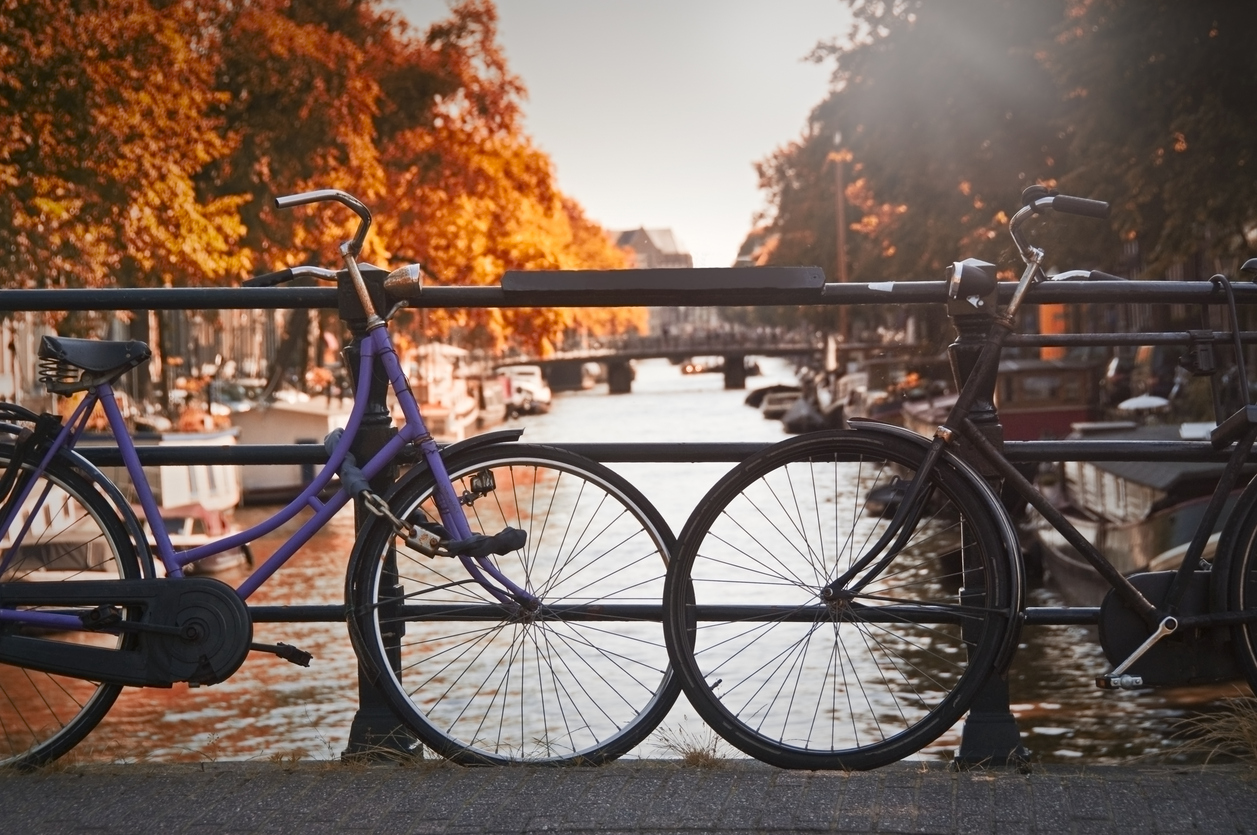
The most populous city of The Netherlands and the capital city of the country as well, Amsterdam is classified as one of the world’s greenest cities. It is located in the western Netherlands, in the province of North Holland. This large metropolitan city is famed not only for its abundance of parks and green spaces but also for its eco-friendly attitude to transport and daily life. The city sports an urban grid with bike infrastructure, including protected paths, racks, and parking.
Amsterdam uses electric vehicles to reduce unwanted emissions and trains, buses, and subways run on renewable energy. This sustainability hub is dotted with parks, gardens, and scenic canals, and is one of the most bicycle-friendly cities in the world, due in part to its compactness and flatness. Amsterdam is truly a green city that is increasingly putting more emphasis on social impact with cycling being the city’s main form of transportation, higher than average rates of recycling, and a real shift towards circular economy across all industries.
Also Read: 8 Of The Best Cities For Cycling Across The World
3. First City With The Title ‘European First Green Capital’: Stockholm

The capital of Sweden is spread across a 14-island archipelago. Stockholm is the most populous urban area in Sweden as well as Scandinavia. Surrounded by woodlands, the city is built on water and has some well-known green credentials. It’s an international role model for global environmental and climate action and depends entirely on renewable resources for its energy. The city was the first EU city that received the title of ‘European Green Capital’ in 2010 by the European Commission. The Swedish capital has adopted two new policies to support its important efforts going forward: The Environment Programme and The Climate Action Plan. The city will adopt a climate budget and aims to be fossil-free and climate positive by 2040.
Also Read: Party Hard At The Best Clubs In Stockholm
4. Western Canada’s Mountain-fringed Metropolis: Vancouver
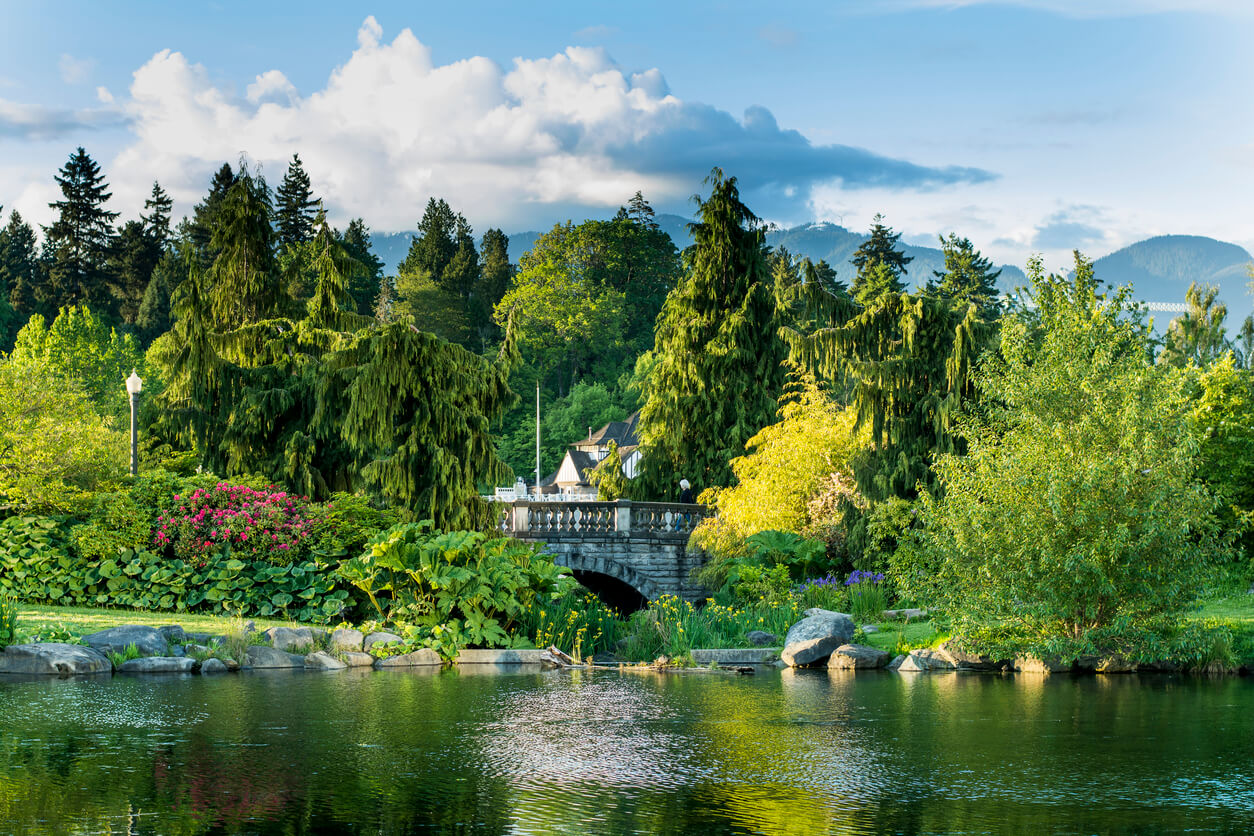
This densely populated city in western Canada is world-renowned for green thinking and living. Located in the Lower Mainland region of British Columbia, the city is the cleanest city in Canada and one of the cleanest in the world. Vancouver is one of the greenest cities in the world due to its sterling reputation in environmentalism: it has the lowest greenhouse gas emissions in North America and more than 300 LEED-certified buildings (as reported by the city council’s Green Vancouver initiative). The city runs on over 90 percent renewable energy, thanks to its large supply of hydroelectricity, and has also invested a lot of money and time into expanding its mass transportation network.
Vancouver is retrofitting buildings citywide to increase energy efficiency and has a citywide mandate to do so. The city’s Greenest City Action Plan (GCAP) 2020 is set to bring Vancouver’s community-based greenhouse gas emissions down to 5 percent below 1990 levels and run the city on over 93 percent renewable sources. The city is also the headquarters of several prominent environmental groups, including the David Suzuki Foundation and Greenpeace Canada.
5. One Of Europe’s Most Sustainable Cities: Berlin

The capital city and the largest city in Germany, Berlin has cut its CO2 emissions by one-third since 1990. One of the many green aims by Berlin is to be climate neutral by 2050. With over 2,500 green spaces, hundreds of cycle lanes, and recycling incentives, (€0.25 for every plastic bottle you recycle), it’s a city that has sustainability at its core. With a population that is incredibly mindful of their impact on the planet, the city has more usage of public transport than cars and the least water consumption per capita in Europe.
Add to that, Berlin’s Environmental Zone (first on the European main continent) in its city core allows only vehicles that have a sticker indicating that it meets certain emissions standards. The city also runs interactive educational green tours that teach people about the country’s green initiatives, such as its Natural History Museum tour, which includes information about biodiversity and how to preserve it. As one of the city’s initiatives in ‘service water recycling’, the apartments have a filter system for greywater to be recycled so that it can be reused to water rooftop gardens.
6. The Garden City: Singapore

This city and island nation is located at the southern tip of the Malay Peninsula. Known as one of the cleanest cities in the world, Singapore is also one of the greenest. More often associated with towering skyscrapers, it has woven urban planning along with nature throughout, even into its heights. The city is the greenest in Asia and created its first Singapore Green Plan in 1992 to tackle clean water, clean air and clean land. Today, if you leave the concrete jungle behind, you’ll find a network of parks that spans the island, adding to a green cover that makes up about 46 percent of the country.
The island, swathed in green, aims to have zero waste in landfills by the mid-21st century. The city leaders—obsessed with demographic forecasting and city resiliency—are evolving the copious parklands into ‘therapeutic gardens’ designed for the elderly. There is one initiative in the city to ensure a more sustainable green status throughout the nation: Building and Construction Authority’s Green Mark Scheme. This scheme is a rating system that was introduced in 2005 to evaluate all buildings based on their environmental impact and performance. The mark is awarded to the buildings at four levels—Certified, Gold, GoldPLUS, and Platinum.
Also Read: Why Is Singapore A Hard To Beat Tourist Destination?
7. World’s First National Park City: London
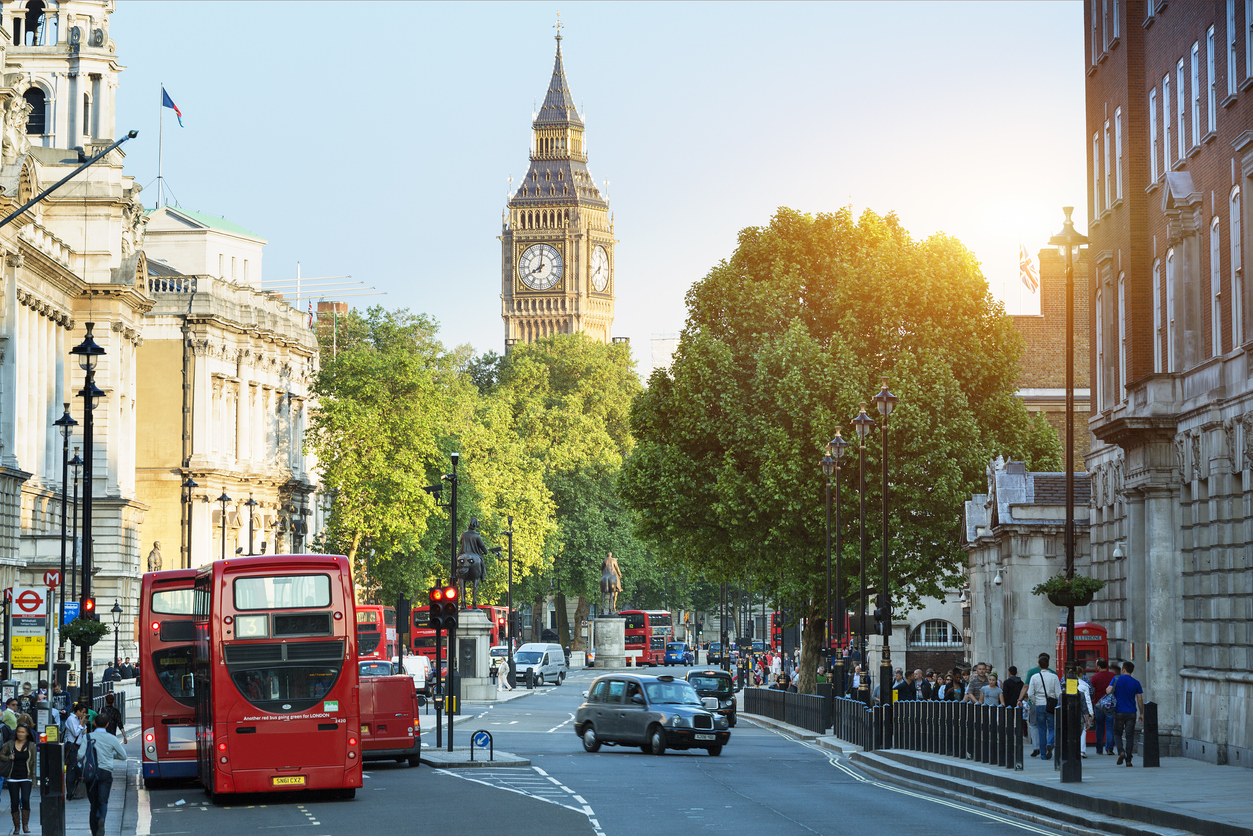
The capital city of England and the United Kingdom, London, is the greenest major city in Europe, and the third greenest city of its size in the world according to a report by the City of London Corporation. Standing by the river Thames in the southeast of England, the city has actively worked to leave its bleak, early Industrial Revolution image behind, by creating green spaces, reducing greenhouse gas emissions, encouraging the growth of green areas, waterways, and paths, and encouraging residents and tourists to access them.
The Mayor of London Sadiq Khan has set a goal of turning London 50 percent green by 2050, including private areas such as back gardens, to make London’s transport system zero-emission with all taxis and minicabs to be non-polluting by 2033. The pledge also aims that under the plans, all new road vehicles driven in inner London will also need to be zero-emission by 2040.
8. The Most Functional And Sustainable City: Helsinki
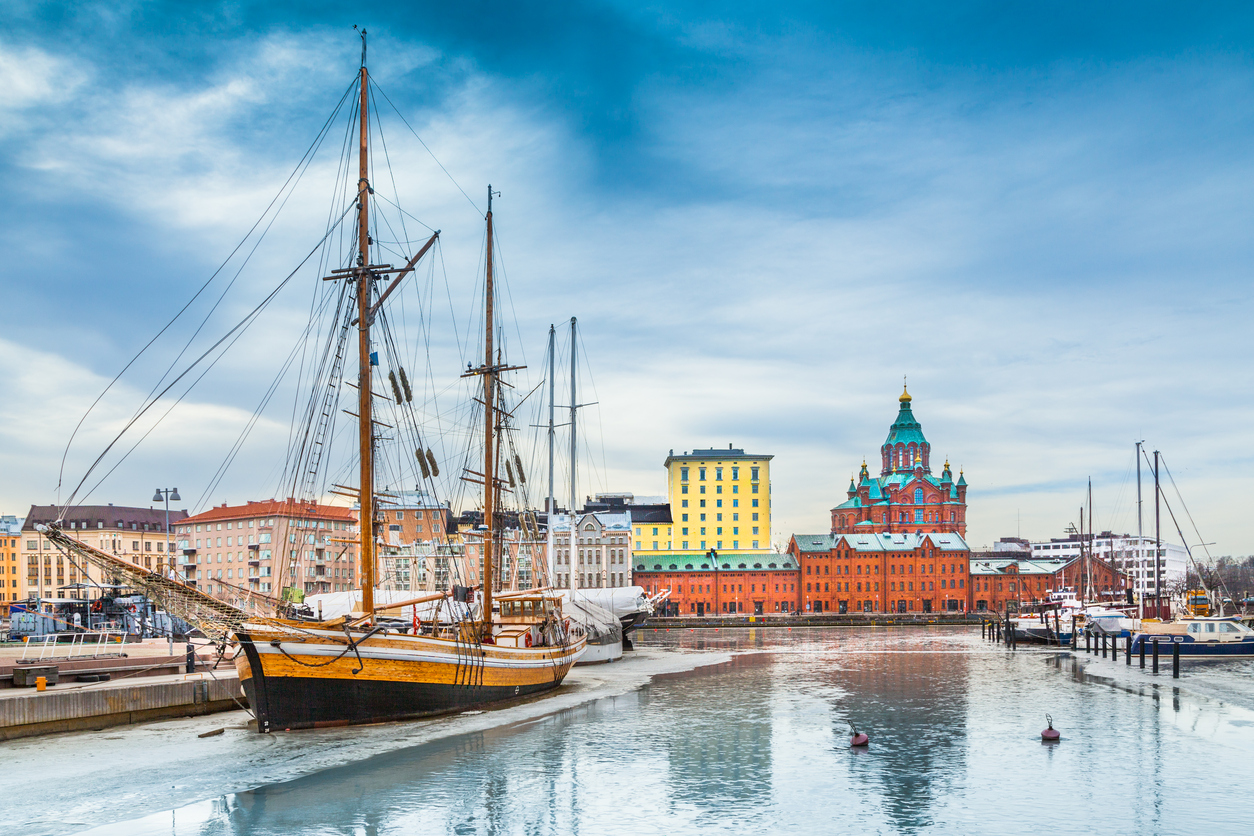
Finland’s capital, Helsinki is situated on a peninsula in the Gulf of Finland. It places great emphasis on encouraging environmentally-friendly lifestyles and therefore encourages bicycle use and public transportation. It’s a model city of sustainable development and in 2019 received the title of European Capital of Smart Tourism from the European Commission. The title is given on the basis of sustainability, digitalisation, cultural heritage, and accessibility. Helsinki creates an atmosphere that motivates reducing unnecessary consumption and construction efforts that consider sustainable development. The city of Helsinki’s strategy for 2017-2021 includes the goal of becoming carbon-neutral by 2035 and in order to achieve this ultimate goal, an interim goal is set to cut greenhouse emissions by 60 percent by the year 2030.
Also Read: 7 Of The Best Things To Do In Finland
9. Electric Vehicle Capital Of The World: Oslo
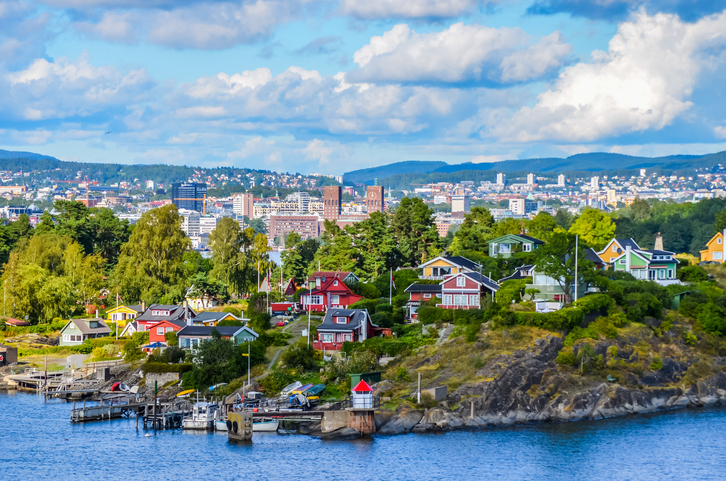
Norway’s capital, Oslo was awarded the prestigious European Green Capital title by the European Commission for 2019. Sitting on the country’s southern coast at the head of the Oslofjord, the city owes this success due to its commitment to, and efforts towards improving its urban environment and boosting awareness of the need for environmental change at a city level. The Norwegian capital’s green accolades include improvements made to cycling lanes, public transport infrastructure, and ecological environments, along with its vast network of biodiverse streams and rivers, which have been rehabilitated and made accessible to the public.
The city has a Green Belt Boundary that protects wild areas from development. In the first half of 2018, 60 percent of all new vehicles sold in Oslo were electric, and 56 percent of all public transport journeys citywide were powered by renewable energy, according to the European Union. Emissions of the city are also down and it is committed to becoming carbon neutral by 2050.
What Has Your Green Experience Been?
The greenest cities around the world set an example for other urban spaces to follow. They provide templates for other cities on how to provide the most sustainable lifestyle. This active approach starts by addressing climate change and being environmentally friendly. Although you might not find your city on this list, you could follow in their footsteps and implement some of their green strategies in your local community. Who knows, maybe next time, your city might be featured on the list of greenest cities in the world!



Very interesting.. I still feel silent however by the number of people ripping up their gardens and replacing it with block paving and astro turf this seems to happen almost on a daily basis certainly in my city Newcastle upon time any comments?